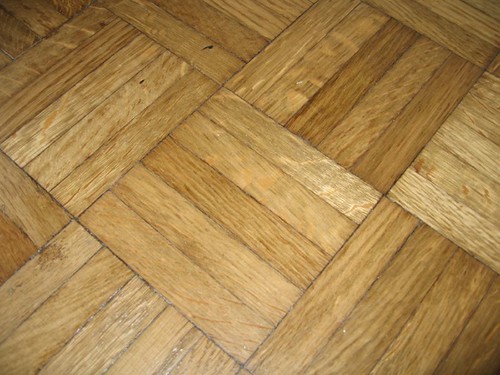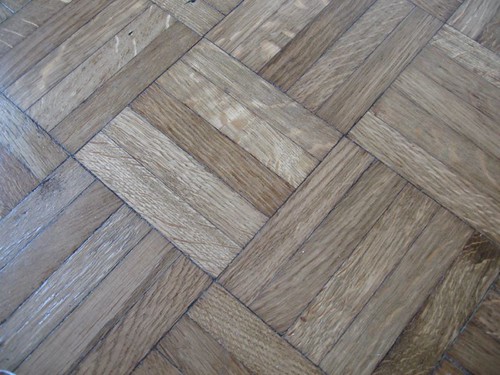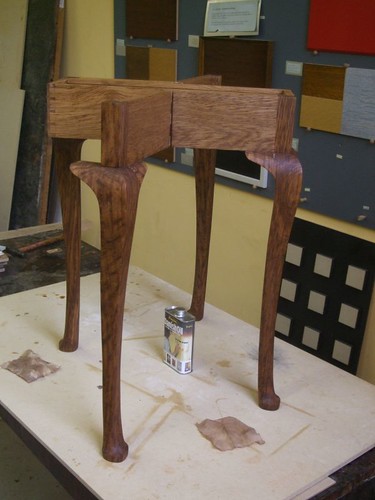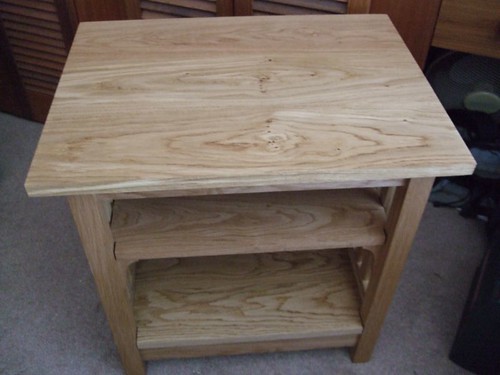Alright, Steve, I admit I still haven't quite got it yet... Part of the problem is I'm trying to do three drawings at once - and, for some reason, I find myself trying to use the Orbit function on the UKW forums...


Let's go back a couple of steps...
Steve Maskery":2qg0kbgd said:
The leaves have to rise by 19mm to ensure that they are level with the (main) top when they are extended. So the taper must be 19mm over the length of the pull-out. As the leaf is withdrawn, the main top is lifted up and up, until the leaf is fully extended, when the top drops back down the 19mm so that it sits flat on the runners again.
Okay. 19mm thick boards giving 38mm with the centre board. Each leaf needs to rise by 19mm so, if my runners are 19mm thick at the narrow end, they should 38mm at the other right :?:
However I've worked this out, they are slightly thicker... :?
I'm also trying to simulate the physical movement of an individual leaf in SU, which isn't easy. From what I can tell though, the leaf and runners remain parallel up until the point at which the leaf is clear of the top, at which point it should rise up to be flush.
Obviously, the rails keep things parallel... :-k I still don't see how the runners can rise enough to keep the leaf parallel, without fouling the centre board.... Hang on. pipper! I've drawn the tapers wrong, haven't I - they shouldn't be flush against the underside of the centre board!! :roll:

 Not only do you save timber and money but, it's so much easier than drawing out a full-size rod on a sheet of MDF. Of course, there are times when you need to work from a rod and SketchUp cannot help you there. But, I do prefer to use SU for the initial design stages.
Not only do you save timber and money but, it's so much easier than drawing out a full-size rod on a sheet of MDF. Of course, there are times when you need to work from a rod and SketchUp cannot help you there. But, I do prefer to use SU for the initial design stages. 








